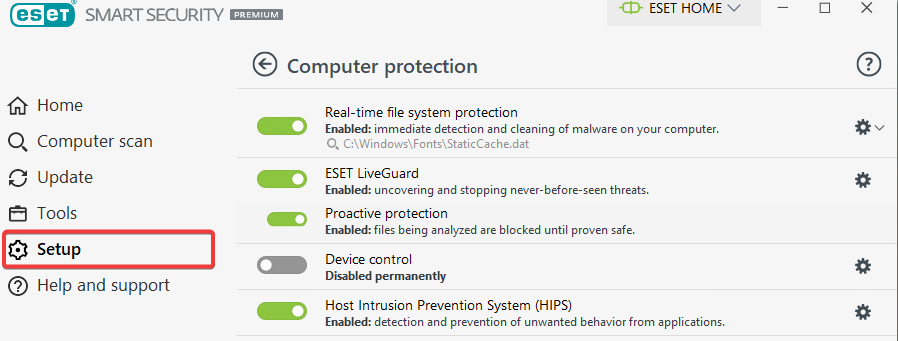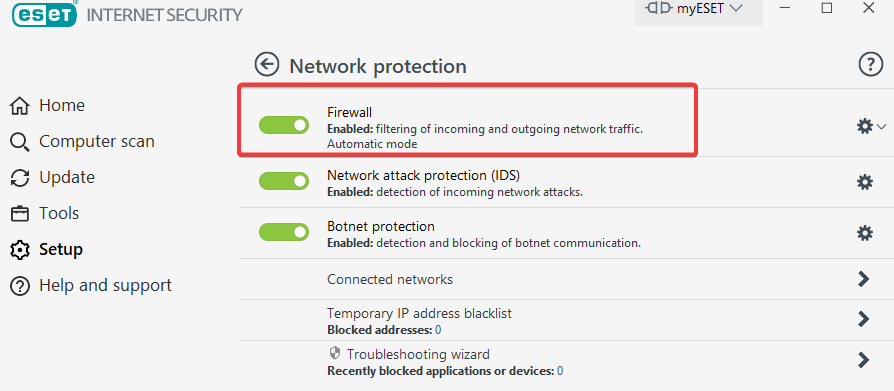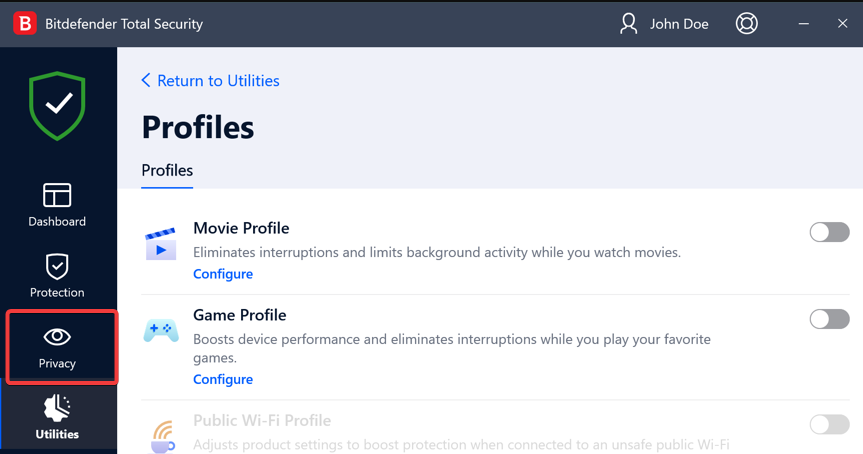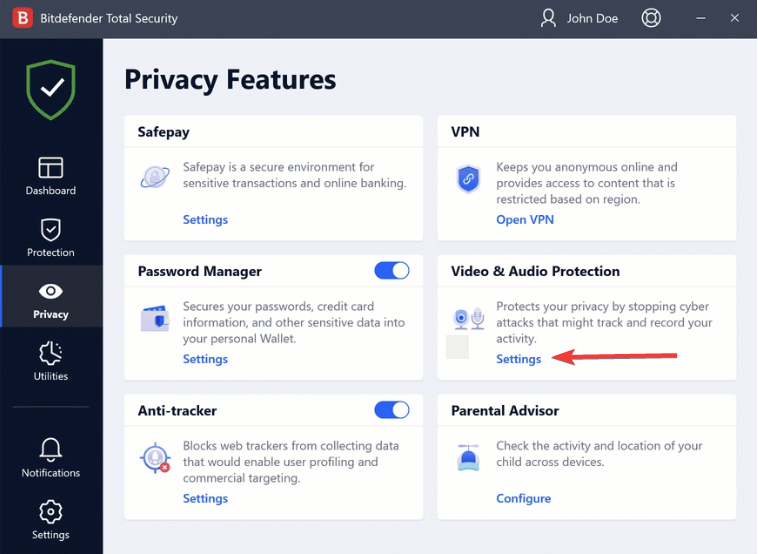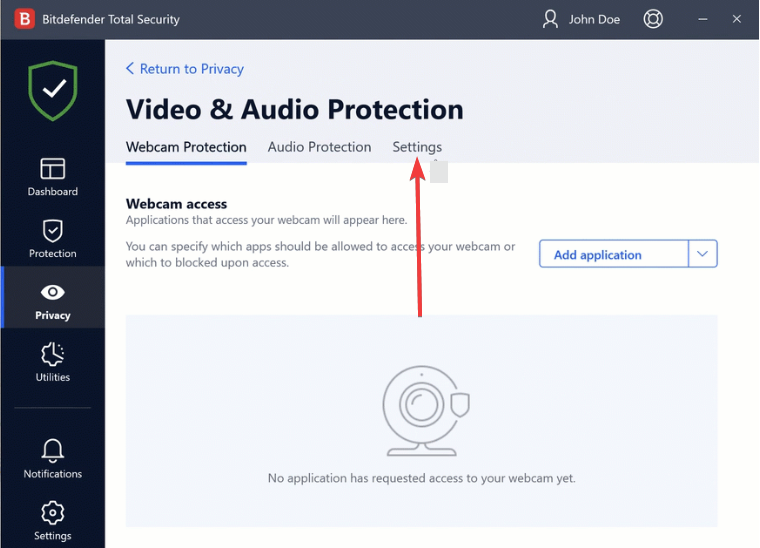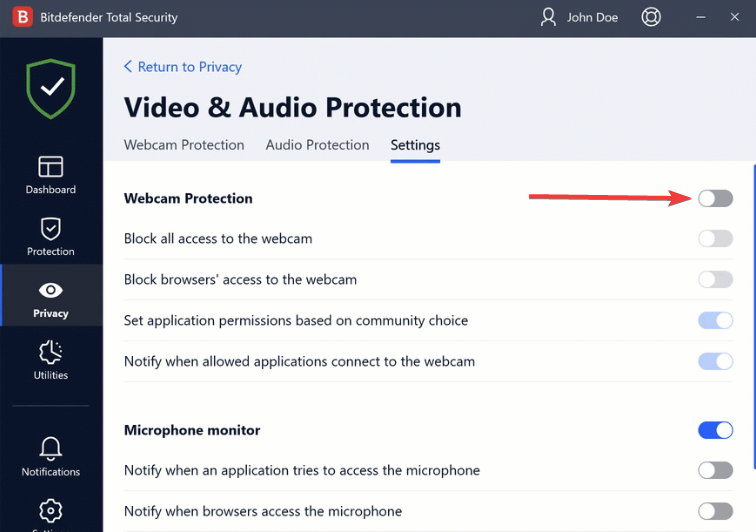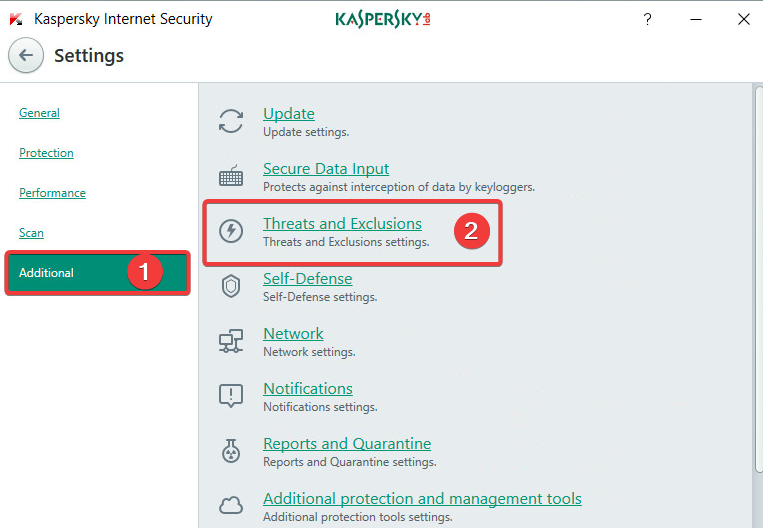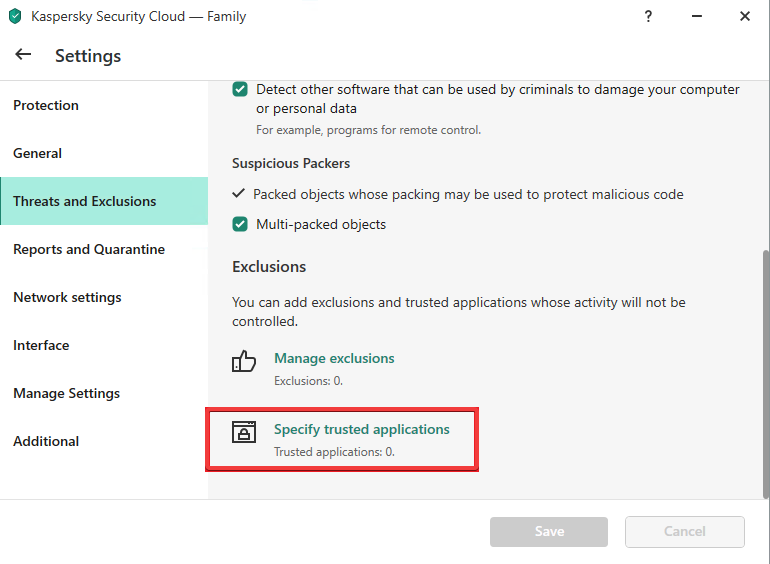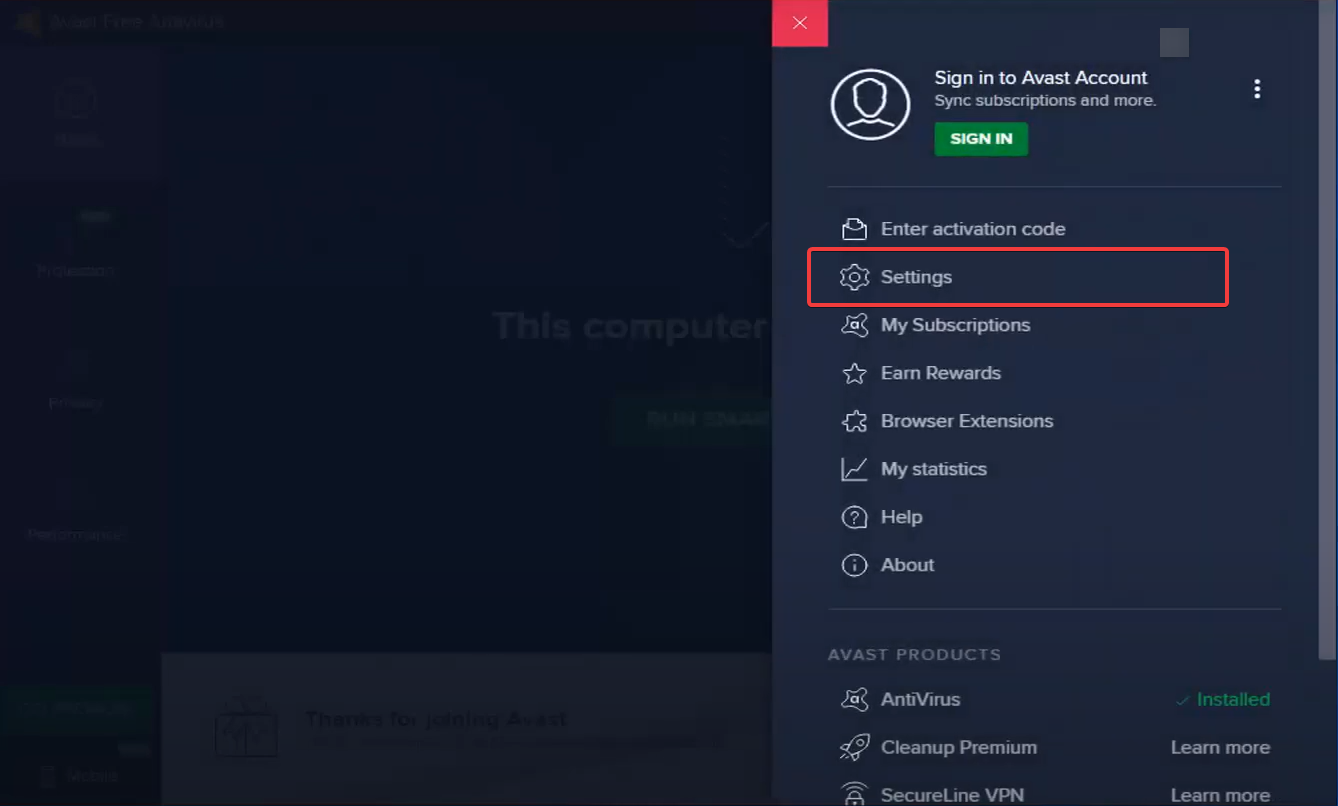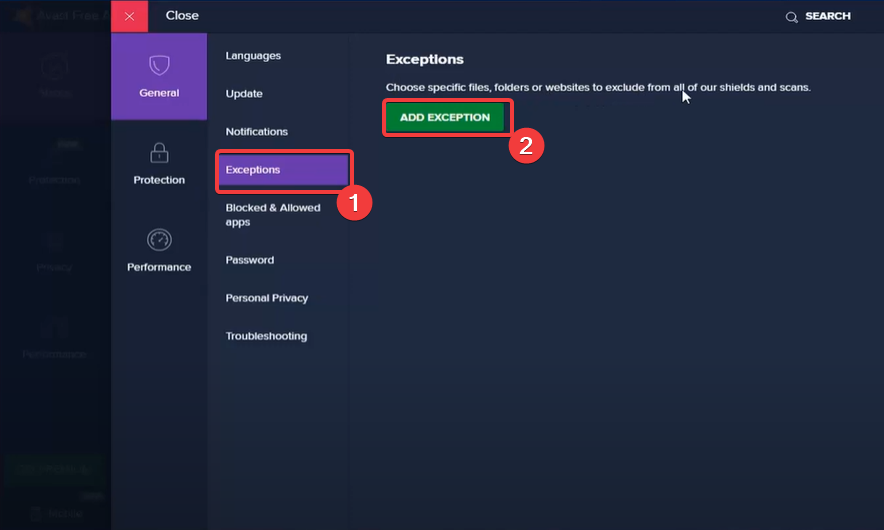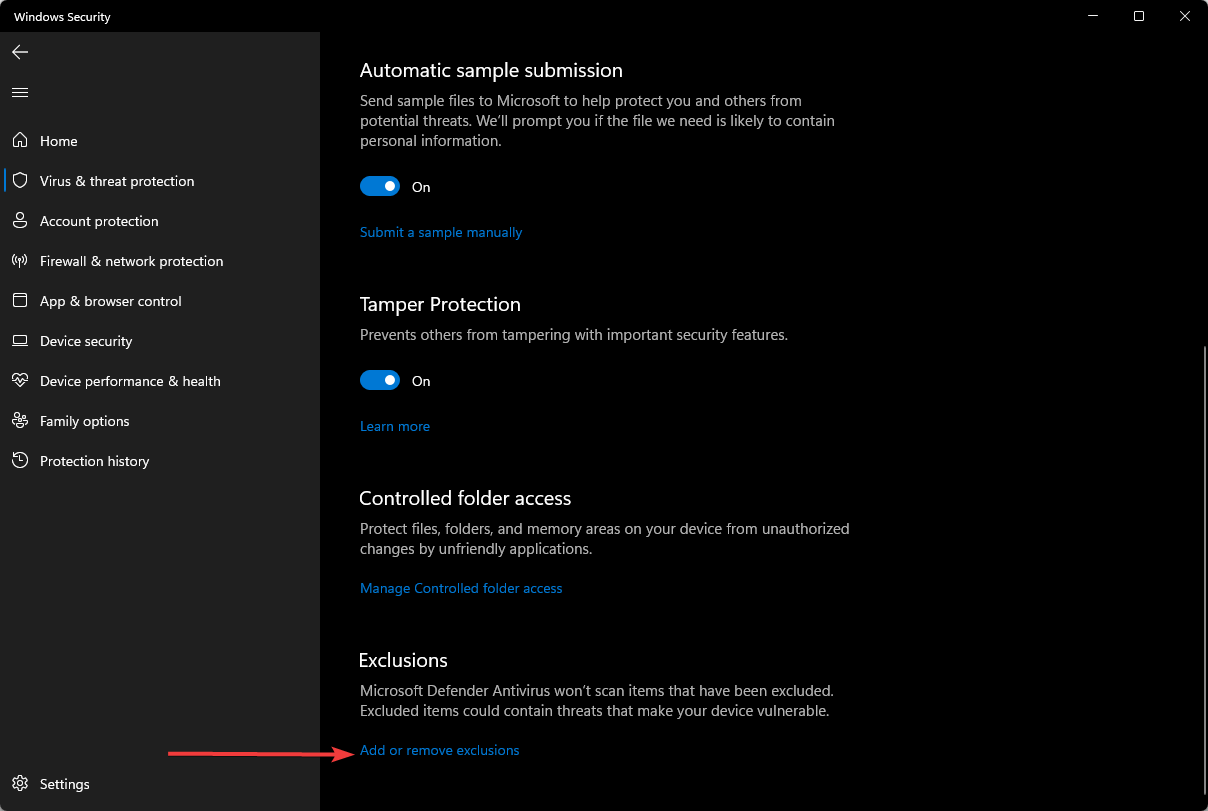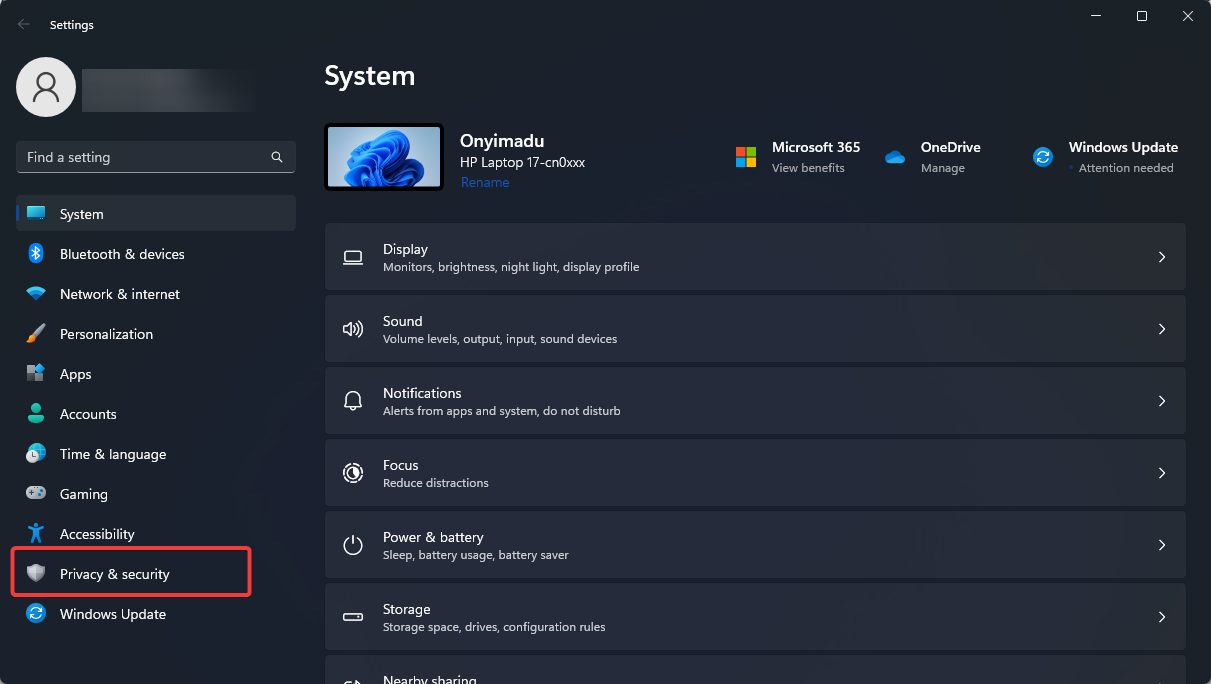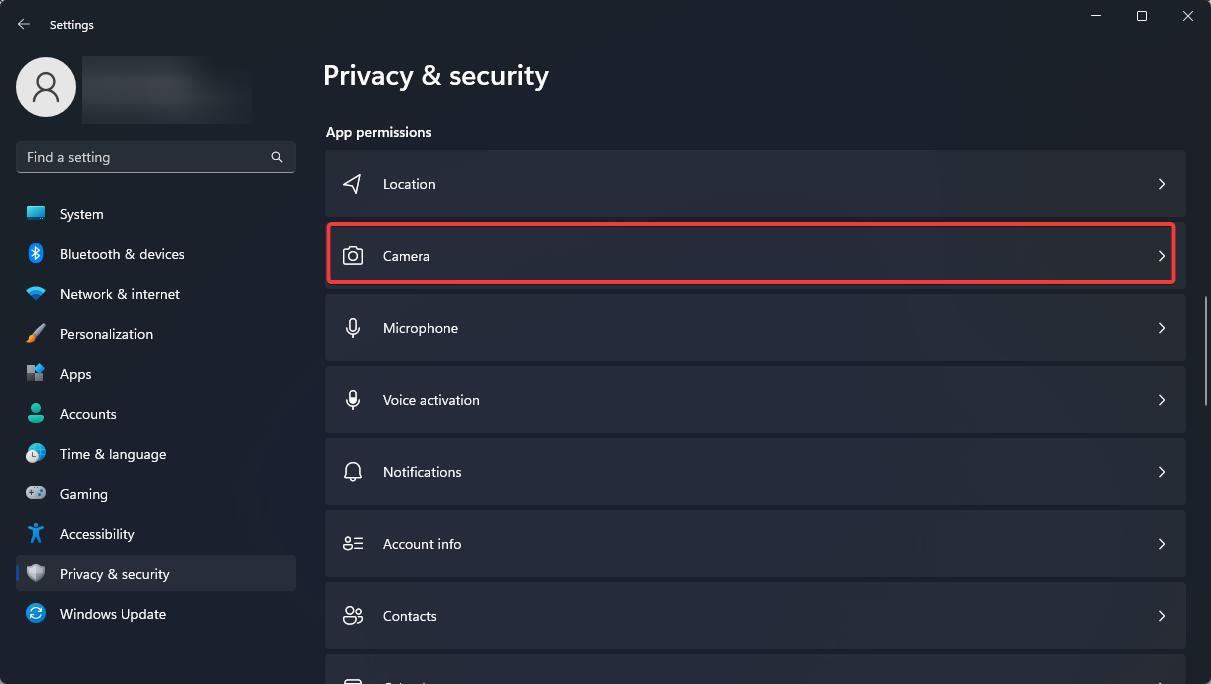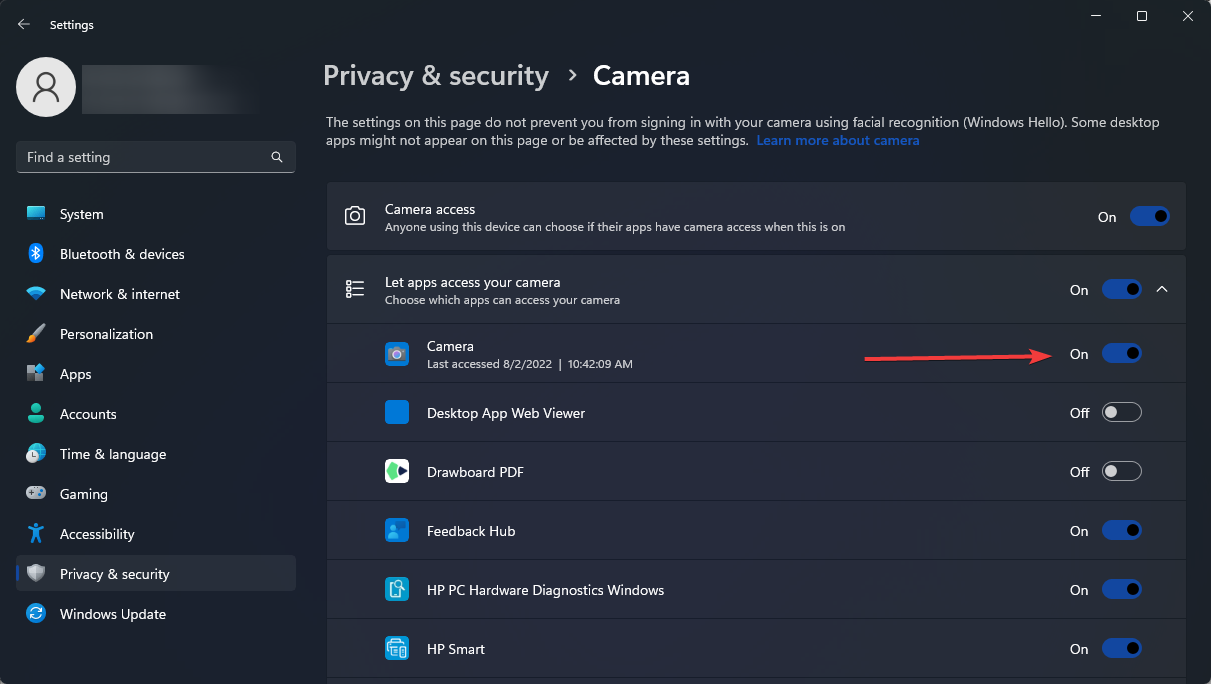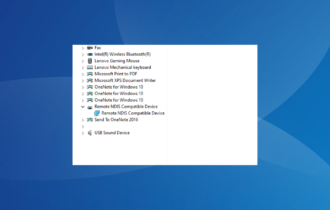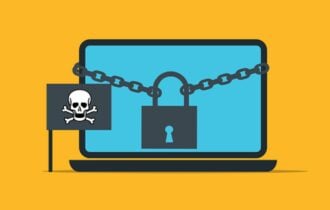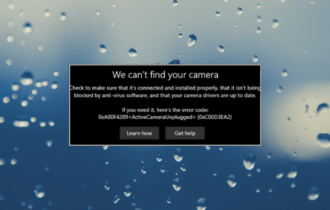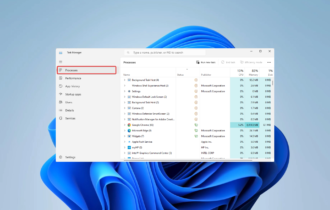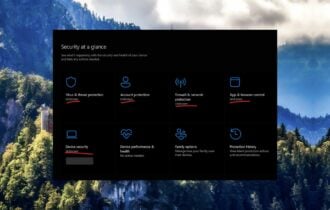6 Ways to Fix Antivirus if it's Blocking Computer Camera
Unblock your camera by following these easy steps
5 min. read
Updated on
Read our disclosure page to find out how can you help Windows Report sustain the editorial team Read more
Key notes
- If the antivirus is blocking the camera, don’t worry, as there are a few solutions that can save your day.
- The troubleshooting process can be lengthy, but your antivirus might have something to do with the issue.
- If your camera software isn’t running correctly, you can change the antivirus rules and exceptions for its scanning process.
- If you don’t know how to unblock the camera from antivirus, you should add an exclusion, so keep reading for more details!
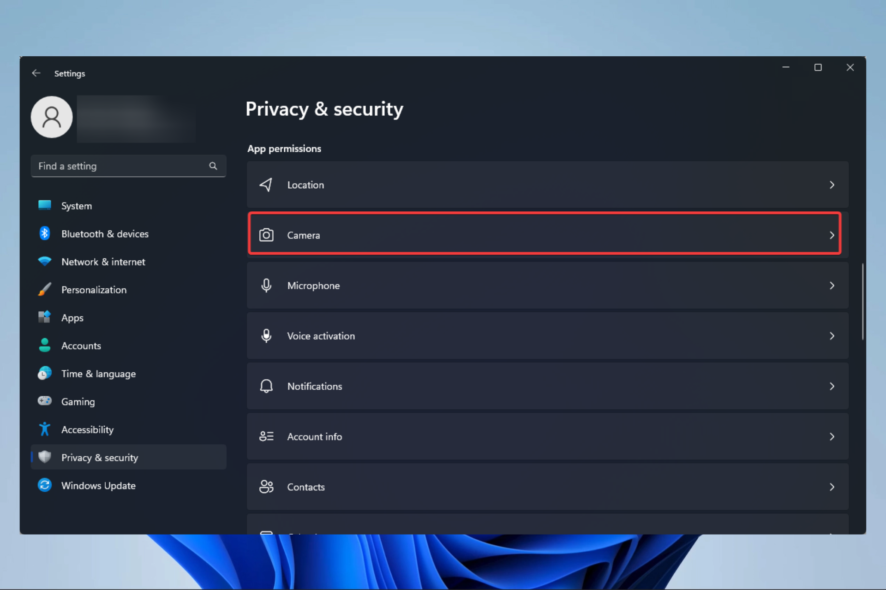
You have stumbled upon our guide because your antivirus is blocking your camera; here is all you need to know.
Usually, when the webcam isn’t working, you should update/reinstall its drivers and update the Windows 10 system (if a system update is waiting for your approval, some built-in features cannot run correctly).
Or you can remove a specific Windows update if the camera stopped running after a new Windows patch was applied.
Thus, in most situations, these general solutions should fix the software problems related to the webcam or an external camera app.
However, if the camera is still inaccessible, the answer to your problem might be within the security solution used on your Windows 10 system.

Secure your devices with award-winning cybersecurity technology.

Maximize your PC's security and performance with top-notch digital threat detection.

Keep secure with groundbreaking AI detection and prevention technology.

Browse the web securely for up to 3 devices across Windows, Mac, iOS or Android systems.

Best security tool for intense browsing activity.
Why is my antivirus blocking the camera?
Yes, that’s right, the antivirus software might block the webcam. So the first thing to do is to disable the antivirus software temporarily. Then, try to use the camera.
This can be the case if the application you want to use has a bug or your privacy settings prevent some apps from accessing your camera.
To protect you from potentially malicious software that tries to access your webcam, your antivirus software will typically prevent camera access.
A hacker can install malware that opens your webcam without your knowledge to spy on you. Your antivirus program aims to safeguard your privacy.
Is Windows security blocking my camera?
There is a possibility that this is the case.
If Windows Defender discovers malicious software and an application, it may disable the camera.
If you have determined that your antivirus is blocking camera access, here is how you can complete these processes for the most popular antivirus programs available for the Windows system.
How can I fix the antivirus blocking camera issues?
1. ESET HOME Security Essential
- Launch ESET to open the main program window.
- Click Setup, and select Select Network protection.
- Click the slider bar next to Firewall.
- Select Pause until reboot and click Apply. This will pause the ESET firewall till you restart your PC.
ESET is a PC protection company operating for about two decades. It helps to keep threats at bay and offers excellent protection against malicious websites.

ESET HOME Security Essential
Enjoy a wide variety of tools and features that protect you from malware with ESET HOME Security Essential.2. Bitdefender Internet Security
- Open the main Bitdefender user interface.
- Click on the Privacy icon on the left side of the main window.
- Under the Video & Audio Protection option, click on Settings.
- Select the Settings menu.
- Lastly, toggle off Webcam protection.
Bitdefender is pre-installed with a built-in feature designed to secure your camera app. And this feature can be configured so that you can decide which apps can use it and which cannot.
⇒ Get Bitdefender Internet Security
3. Kaspersky Internet Security
- Open the Kaspersky user interface.
- Go to Settings.
- Click on the Additional section, then select Threats and exclusions.
- Now click on Specify trusted applications.
- Finally, add your camera to this list.
Like Bitdefender, Kaspersky will automatically block certain apps and software from accessing your camera.
While this is a good thing as it can protect your identity, in some situations, you might have to add an exclusion for a specific tool or for the webcam app itself.
⇒ Get Kaspersky Internet Security
4. Avast Free Antivirus
- Open the Avast program.
- Click the menu at the top right.
- Click on Settings.
- Select Exceptions, then the ADD EXCEPTIONS button.
- Finally, it would help to input the computer’s IP with the camera.
In most situations, this antivirus program will successfully secure your computer against malware attacks or similar other malicious and infected files.
Sometimes you have to manually introduce the IP address of your camera in the ignored addresses field to be sure that you can enjoy its functionality.
5. Norton 360
- Open the AV interface and navigate to the Settings tab, then click SafeCam.

- In the SafeCam settings window, move the SafeCam feature switch to Off/On.
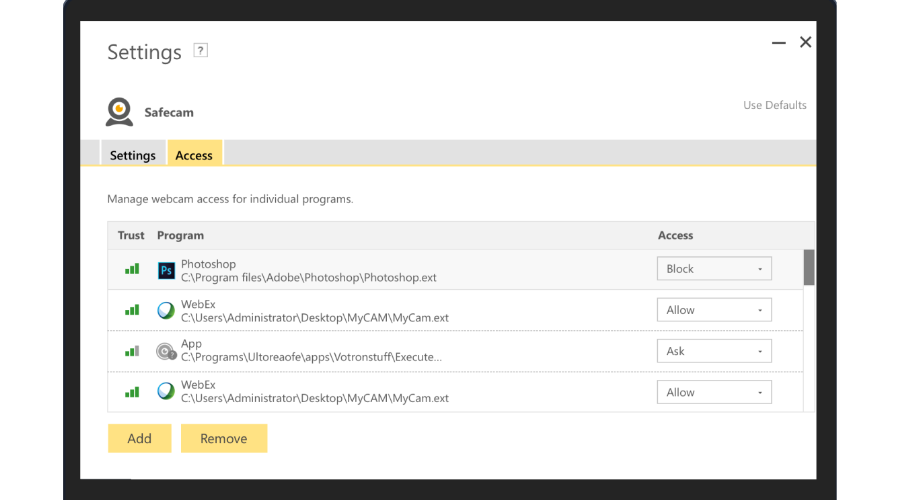
- Lastly, click Apply, and then click Close.
With Norton’s SafeCam feature enabled, untrusted sources cannot access and capture images or videos and send them outside of your PC to compromise your privacy.
6. Windows Defender
- Open Windows Defender.
- Select Virus & threat protection.
- Go to Virus & threat protection settings and click Add or remove exclusions.
- Finally, complete the required forms, add your camera path, and save your changes.
This will stop Windows Defender from blocking the camera.
How do I give my camera antivirus permission?
- Open the Settings app.
- Click on Privacy & security.
- On the right pane, select Camera.
- Lastly, toggle on the switch to grant camera access.
According to users, sometimes malware can add an entire drive to the exclusions list to prevent Windows from finding it. However, you can fix the problem simply by checking your exclusions list.
The guidelines should help you add exclusions for the webcam or camera app. Of course, similar steps can be applied to other antivirus programs too.
For instance, if Sophos antivirus, ESET antivirus, AVG antivirus, McAfee antivirus, Norton antivirus, or Symantec is blocking the camera, you may take similar steps listed above.
Don’t forget that the first thing to do when noticing that the camera/webcam isn’t running or cannot be accessed is to reinstall the associated drivers.
If specific errors are received, don’t hesitate and share all these details with us by accessing the comments section below.

